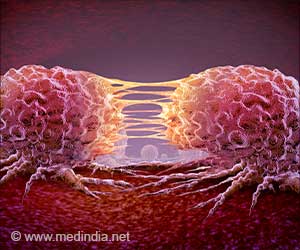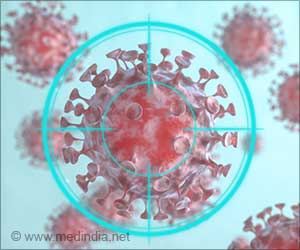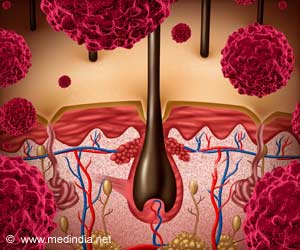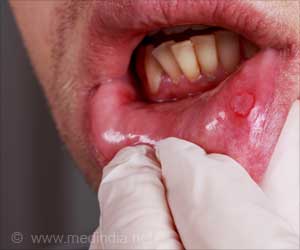A key group of enzymes involved in the production of plant pigments that give flowers, leaves and plants their bright colours has been found while looking into their genetic processes .
Scientists John Innes Centre and Institute of Food Research in Norwich have identified the genes responsible for the enzymes, which chemically modify anthocyanins to alter their properties.“Using a new strategy, we conducted biochemical studies on the brassica plant Arabidopsis. We found that a small number of genes responsible for the enzymes that chemically modify anthocyanins were ‘switched on’ when the plants were making anthocyanins in response to stress,” said Prof Cathie Martin at the John Innes Centre who co-led the project .
“When we transferred these genes to a tobacco plant, the colour of the tobacco flowers changed slightly, confirming that these genes, and the enzymes that they produce, were indeed responsible for modifying anthocyanins.
“What’s more, these anthocyanins that had been modified by the enzymes were more stable than those that hadn’t. This is significant because stabilised anthocyanins could be used as natural food colourants to replace many artificial colours used in various foods. This improved understanding of the genetics of anthocyanins also provides a better platform for studying their antioxidant properties, important in the fight against cancer, cardiovascular disease and age-related degeneration,’ Prof Martin added.
The research appears in the new issue of Business from the Biotechnology and Biological Sciences Research Council (BBSRC).
Source-ANI
SPH/C





